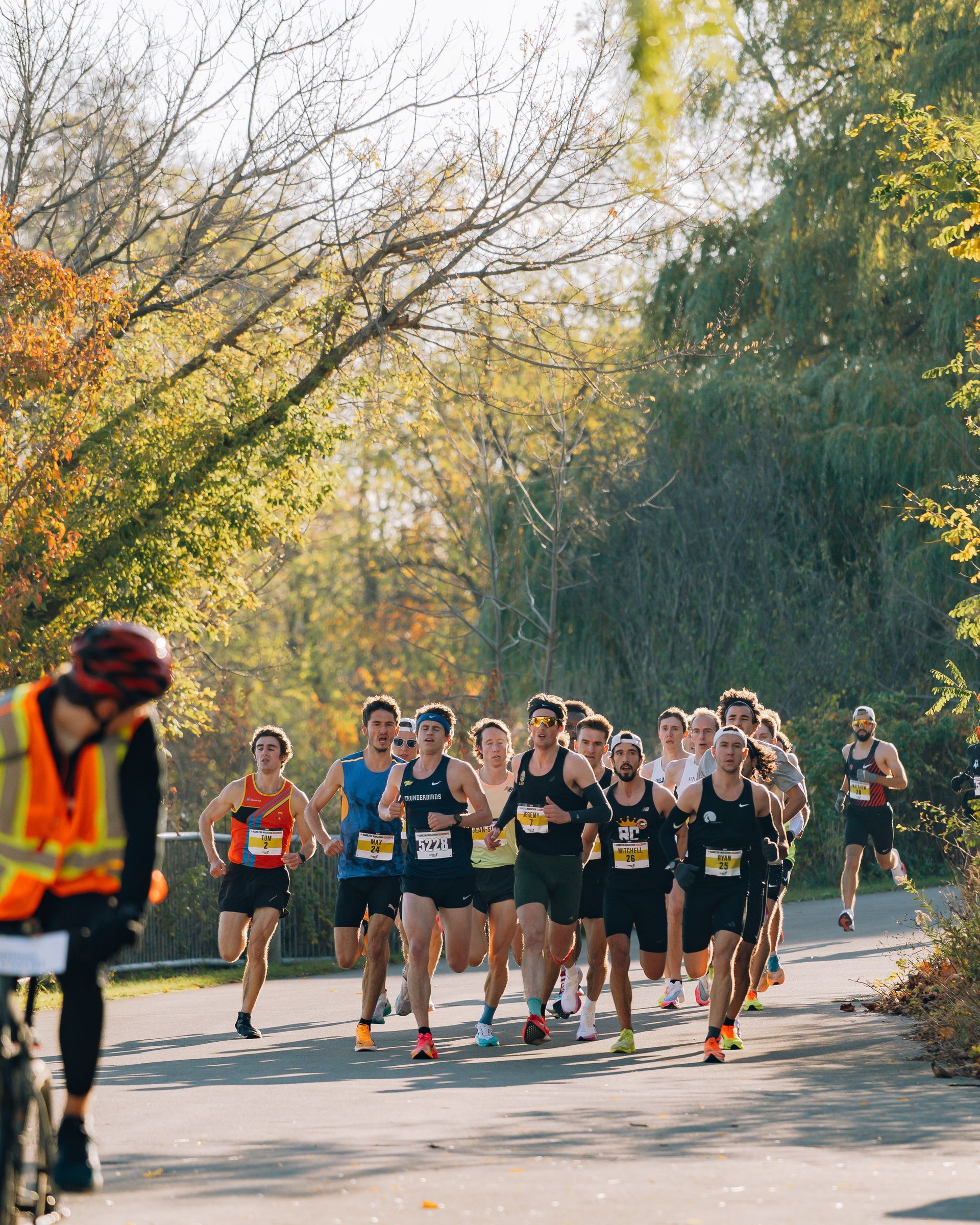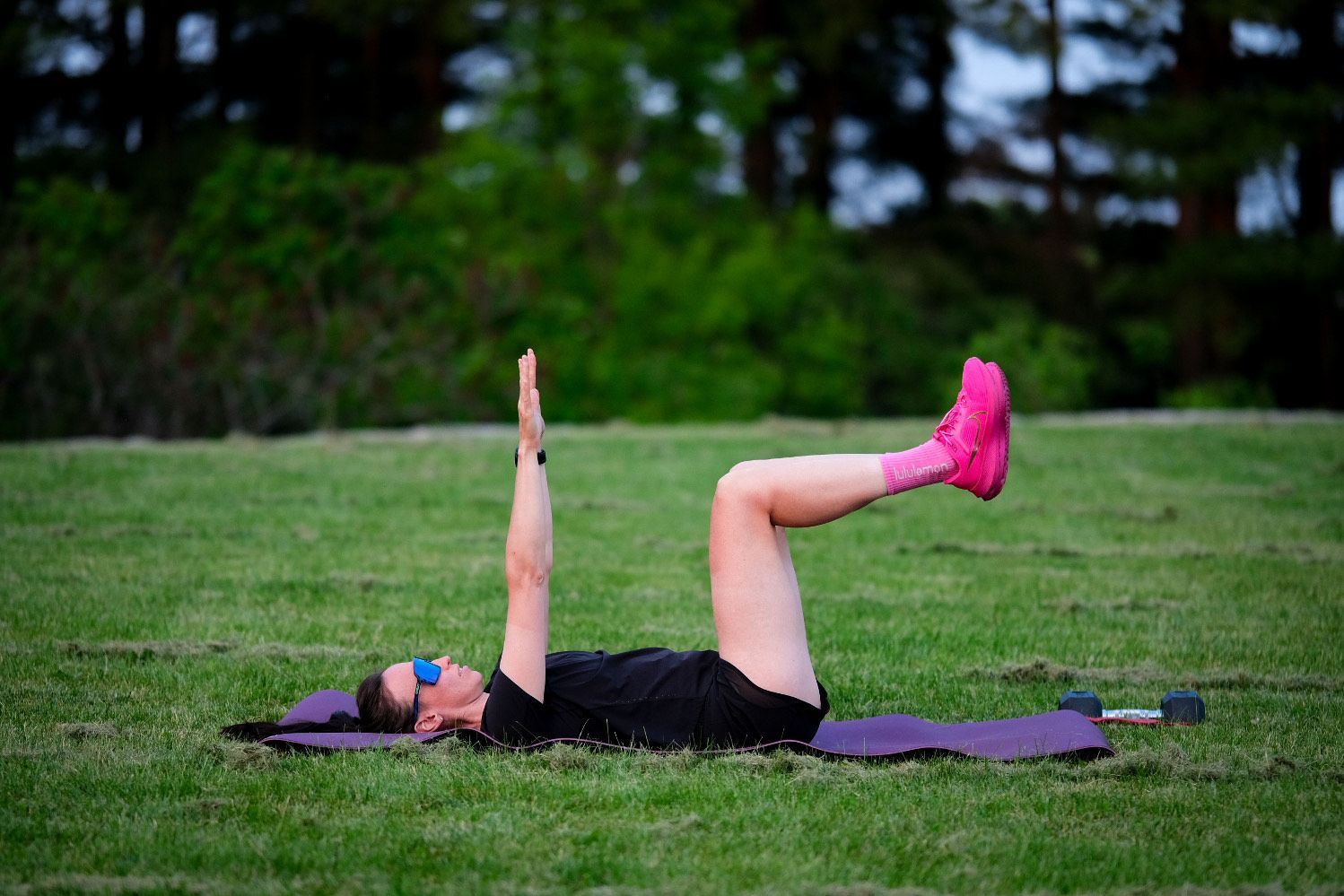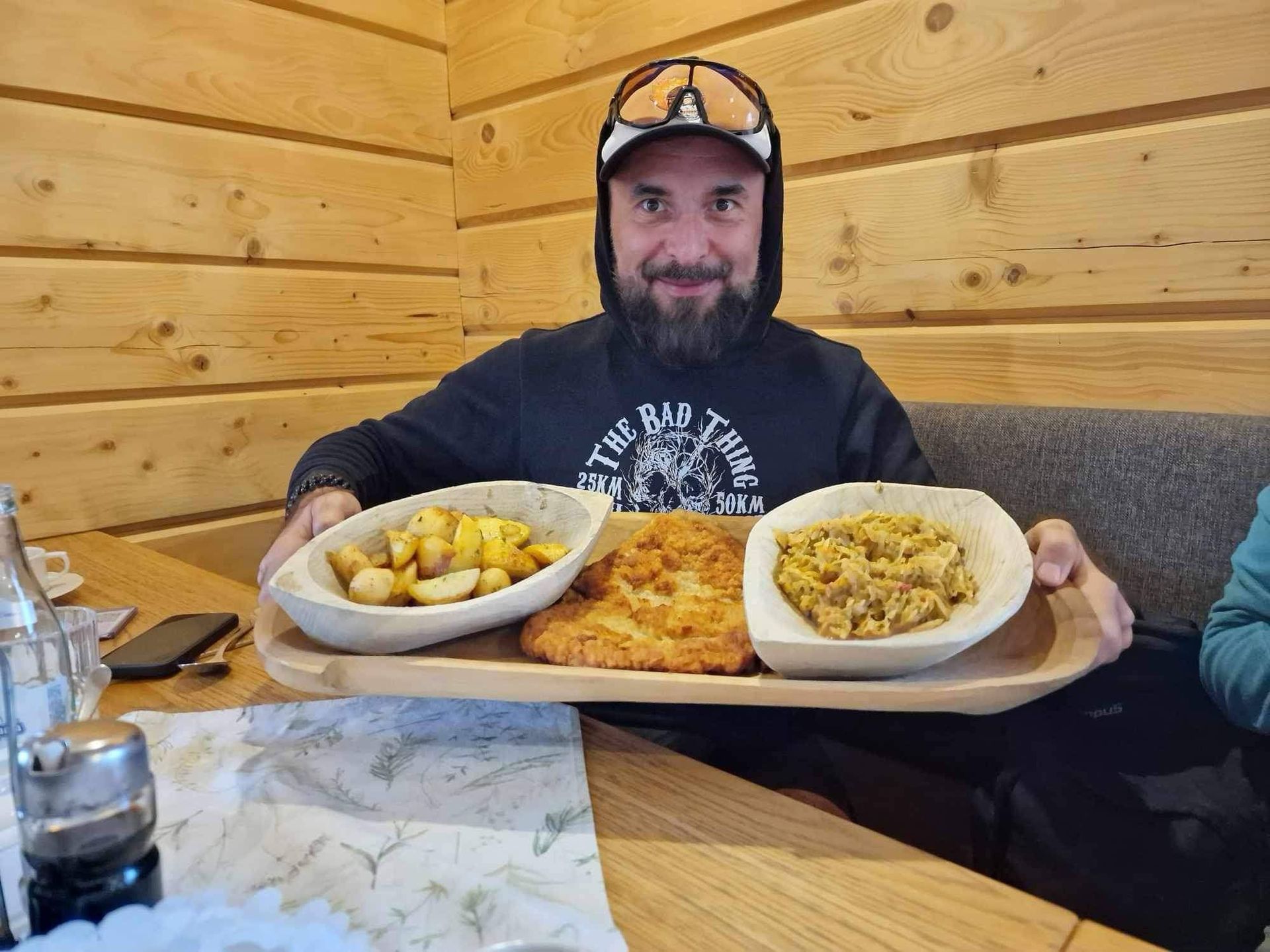Fall race season starts now: build for Road2Hope (Nov 1–2, 2025)
Fall race season starts now: build for Road2Hope (Nov 1–2, 2025)

It’s late August, which means you have about ten weeks until Hamilton’s Road2Hope race weekend (Saturday, November 1 for the 1K/5K/10K; Sunday, November 2 for the half and full marathon, 8:00 a.m. start). Both longer races start and finish in Confederation Park on a flat, fast, waterfront route.
This is a great hometown race, with many of the runners, sponsors, and volunteers hailing from Hamilton and the surrounding areas. It’s a personal favourite of mine, mostly because it’s one of the friendliest road races around, and for that reason alone, a great first half- or full marathon.
The route will be familiar to local runners, and the shirts and finisher medals are always a source of pride. But the gold, silver, and bronze in this race go to the runners with excellent pacing discipline and strong aerobic conditioning.
Whether you’re in it to win it or you just want to finish your first big race, the Road2Hope is a great event to start with.
Why start now
Ten weeks is enough time to arrive ready, especially if you’ve already been running for a while. Ad structure by following a plan that emphasizes mostly easy running, a small amount of purposeful faster work, and steady long-run progression. After all, you don’t want ot overtrain.
Science shows that endurance athletes tend to respond best when the majority of training is kept at a low intensity, with limited, well-placed high-intensity sessions. This approach will help you improve your overall fitness without carrying chronic fatigue into race day.
How I coach
You won’t get a cookie-cutter PDF from me -- you’ll get an individualized plan that’s uniquely yours. We begin with your current mileage, available training days, and background, then build a progression that fits your real life.
It’s also likely you’ll be spending some time in the gym: We include strength work in the plan because it improves running economy and durability for so many runners. We adjust the week if and when life intervenes, so you can maintain momentum instead of starting over.
Your 10-week build (starting week of August 25)
Below is a sample plan. It explains what we do in each phase and why it works. If your current weekly mileage is very low, we’ll target the half this year (or a Saturday 10K) and use the same structure with smaller volumes, setting you up for a spring marathon.
Weeks 1–2: Reboot and aerobic base
We establish a reliable routine of mostly easy running with short strides (8–10 seconds, full recovery) and two brief strength sessions per week. The easy volume rebuilds your aerobic engine, the strides reintroduce leg speed without stress, and the strength work begins improving running economy through neuromuscular adaptations. Long runs are comfortable and unhurried (typically 12–14 km for half-marathoners and 18–22 km for marathoners), so you finish feeling like you could do more. This balance lets you recover between days while accumulating the kind of work that actually moves fitness forward.
Weeks 3–5: Threshold development and hill economy
We add one focused workout each week, for example, steady threshold running or aerobic intervals, and keep one long run that we add distance to gradually over time. Threshold efforts improve your ability to clear and tolerate lactate so your target pace feels easier, while short hill repetitions reinforce mechanics and strength specific to running.
Long runs begin to include brief segments at planned race effort so you can practice fueling, pacing, and form under light fatigue without overreaching. This phase builds confidence while preserving the mostly-easy backbone that supports consistent training.
Weeks 6–7: Specific preparation and peak stimulus
In this phase, we combine longer tempo blocks with race-pace segments inside the long run to simulate the demands of a flat, steady course like the Road2Hope. Half-marathoners might complete an 18–21 km long run with 8–10 km at goal pace; marathoners might run 30–34 km with the final 10–12 km near marathon effort.
These sessions teach even pacing and late-run focus—the exact skills the Road2Hope course rewards—while the rest of the week stays predominantly easy so you absorb the work. Strength training stays in but shifts to maintenance to preserve freshness.
Weeks 8–9: Taper while keeping your edge
With the race just a few weeks out, we deliberately reduce weekly volume while keeping short, familiar doses of intensity. The goal is to remove accumulated fatigue without losing the adaptations you’ve built.
Research on tapering supports maintaining intensity, trimming volume substantially, and only slightly reducing frequency; this strategy reliably improves endurance performance across taper lengths of about one to three weeks. Practically, you’ll feel your legs come back while workouts remain snappy but brief.
Week 10: Race week routine
It’s race week: Time to finalize pacing and logistics. We’ll keep runs short with a few strides, and prioritize sleep, nutrition, and calm. Your fueling plan — which you’ll have tested in training — should supply 30–60 grams of carbohydrate per hour for most athletes in the half or a faster marathon, and up to ~90 grams per hour for marathons expected to last three hours or more.
We’ll choose products you tolerate, practice timing, and pair carbs with fluids and electrolytes. This approach helps maintain blood glucose and delays fatigue so your late-race pace holds.
Why we keep strength work in the plan
Running performance is not just about the cardiovascular system; stronger muscles and tendons can make you more economical at a given pace. Multiple reviews and recent trials show that adding heavy resistance or explosive strength training two to three times per week over about 8–12 weeks can meaningfully improve running economy and time-trial performance, with benefits that persist when transitioned to lighter maintenance work in the final weeks.
We use compound lifts (e.g., squats, deadlifts, step-ups) and single-leg stability to build resilience, and we taper the loads as race day approaches so your legs feel springy, not sore.
How we fuel the training
During the build, daily carbohydrate availability matters so you can complete key sessions and recover. Studies show that a higher carbohydrate intake during heavier training weeks, then race-specific fueling during long runs and tune-ups. (We’ll have worked on all of this so that you’re not trying anything new on race day.)
Your nutrition, like the rest of your training plan, will be tailored to you, but the principle is simple: Arrive fueled for quality, replenish promptly afterward, and keep hydration and electrolytes consistent with conditions.
Ready to train smarter?
Training for Road2Hope is not about chasing heroic workouts; it’s about stacking the right sessions, week after week, and arriving on November 2 with strong legs and a calm mind. If you want a plan built around your history, your schedule, and this course — and a coach who will adjust it as life happens — apply to train with me. We’ll map your ten-week block to Road2Hope, practice what you’ll execute on the day, and help you finish strong.



